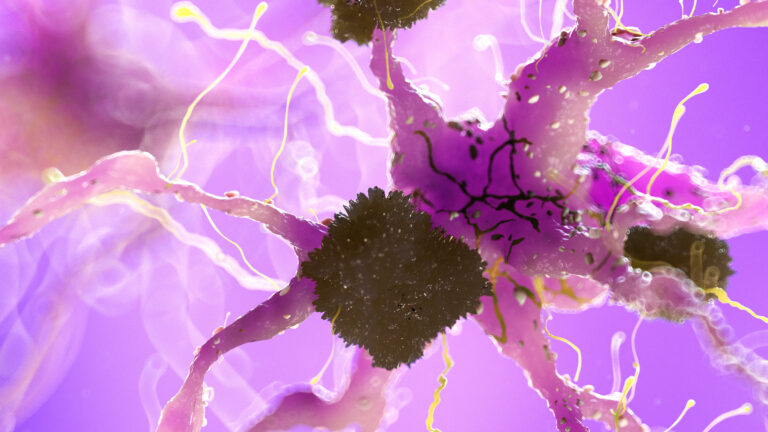A **motion corrected MRI** is an advanced type of magnetic resonance imaging that uses special techniques to reduce or eliminate the blurring and distortions caused by patient movement during the scan. Traditional MRI scans require the patient to remain very still for several minutes to capture clear images. However, even small involuntary movements—like breathing, slight head shifts, or muscle twitches—can cause the images to become blurry or have artifacts, making it harder for doctors to accurately diagnose conditions.
Motion corrected MRI systems use various strategies to detect and compensate for these movements in real time or during image reconstruction. These strategies include tracking the patient’s motion using navigators or sensors, reorganizing the data based on detected motion, or applying sophisticated algorithms that correct the image after acquisition. The goal is to produce sharper, more reliable images even if the patient moves slightly during the scan.
This technology is especially helpful for **seniors** for several reasons:
– **Reduced need for stillness:** Older adults often find it difficult to stay perfectly still for long periods due to discomfort, pain, or conditions like tremors or arthritis. Motion correction allows for clearer images without requiring absolute immobility.
– **Lower risk of repeat scans:** Because motion artifacts can obscure important details, traditional MRI scans might need to be repeated if the images are unclear. Motion correction reduces this risk, sparing seniors from longer scan times and additional stress.
– **Avoidance of sedation:** Sometimes, seniors with cognitive impairments or anxiety might require sedation to remain still during MRI. Motion corrected MRI can reduce or eliminate the need for sedation, which carries its own risks in older populations.
– **Improved diagnostic accuracy:** Clearer images mean doctors can better detect and monitor conditions common in seniors, such as strokes, neurodegenerative diseases, joint degeneration, or tumors. This leads to more timely and appropriate treatment.
– **Faster scans:** Some motion correction techniques enable faster image acquisition by allowing some movement without loss of quality, making the experience more comfortable and less tiring for elderly patients.
In essence, motion corrected MRI adapts the imaging process to the realities of patient movement rather than demanding perfect stillness. This is a significant advancement for seniors, who often face challenges that make traditional MRI scans difficult. By improving image quality and patient comfort, motion corrected MRI enhances the ability of healthcare providers to diagnose and treat age-related health issues more effectively.





